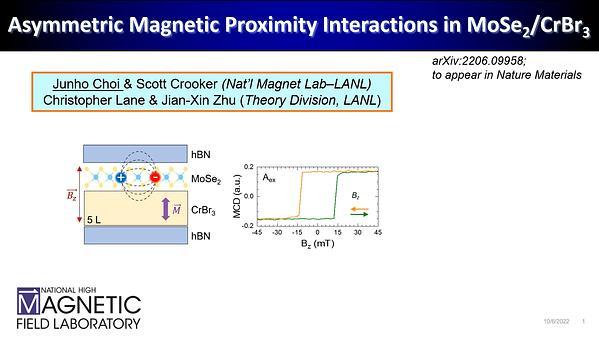Would you like to see your presentation here, made available to a global audience of researchers?
Add your own presentation or have us affordably record your next conference.
Commercial melt-spun ribbons are typically available in the range of 17–30 µm thickness which limits their high-frequency application due to high eddy current loss. In addition, the ribbons can be annealed for nanocrystallisation to optimise their power loss behaviour 1. However, possible oxidation during annealing and the brittle nature of as-annealed ribbons, makes core fabrication difficult. It is possible, however, to straightforwardly design an alloy composition with moderate Amorphisation Ability (AMA) to in-situ fabricate ultra-thin 2 nano-crystallised ribbons 3, using a high-speed melt spinner.
By changing the percentages of mainly Si, B and Nb, three alloy compositions with various Amorphisation Ability (AMA) have been designed, based on different liquidus temperatures calculated using CALPHAD, enthalpies of mixing, and atomic mismatch factors. Ultra-thin ribbons of the designed alloys have been synthesised by a high-speed melt spinner, to obtain the advantages of improved material performance and lower costs over commercial ribbons. The melt-spun ultra-thin ribbons (t~5 µm) of Alloys 1 and 2 exhibit nanocrystalline structure owing to their moderate AMA, whereas Alloy 3 with a higher AMA is amorphous (Fig. 1). Interestingly, in-situ nanocrystallised alloys show lower Hc and higher Hk compared to the amorphous alloy (Fig. 2) which makes them perfect candidates for high-frequency applications as they will show lower hysteresis loss (due to low Hc) and lower anomalous loss (less domain wall motion due to high Hk). Additionally, owing to low eddy current loss in ultra-thin ribbons, almost one-fifth of the best available commercially, the total loss is expected to be very low. The lower Hc of nanocrystallised alloys can be attributed to the cancellation of the magnetostriction of the amorphous matrix by the formed nanocrystals. Additionally, the high Hk of such alloys can be owing to the pinned domain walls by the nanocrystals. We have found a cutting-edge methodology to in-situ fabrication of nano-crystallised ultra-thin ribbons which are ideal for minaturised and efficient high-frequency magnetic cores.
References:
1 G. Herzer, J. Magn. Magn. Mater. 133, 248 (1994).
2 A. Masood, H.A. Baghbaderani, V. Ström, P. Stamenov, P. McCloskey, C. Mathúna, and S. Kulkarni, J. Magn. Magn. Mater. 483, 54 (2019).
3 K.L. Alvarez, H. Ahmadian Baghbaderani, J.M. Martín, N. Burgos, P. McCloskey, J. González, and A. Masood, J. Non. Cryst. Solids 574, (2021).

Figure 1. XRD patterns of melt-spun alloys.

Figure 2. B-H loops of three alloys.
